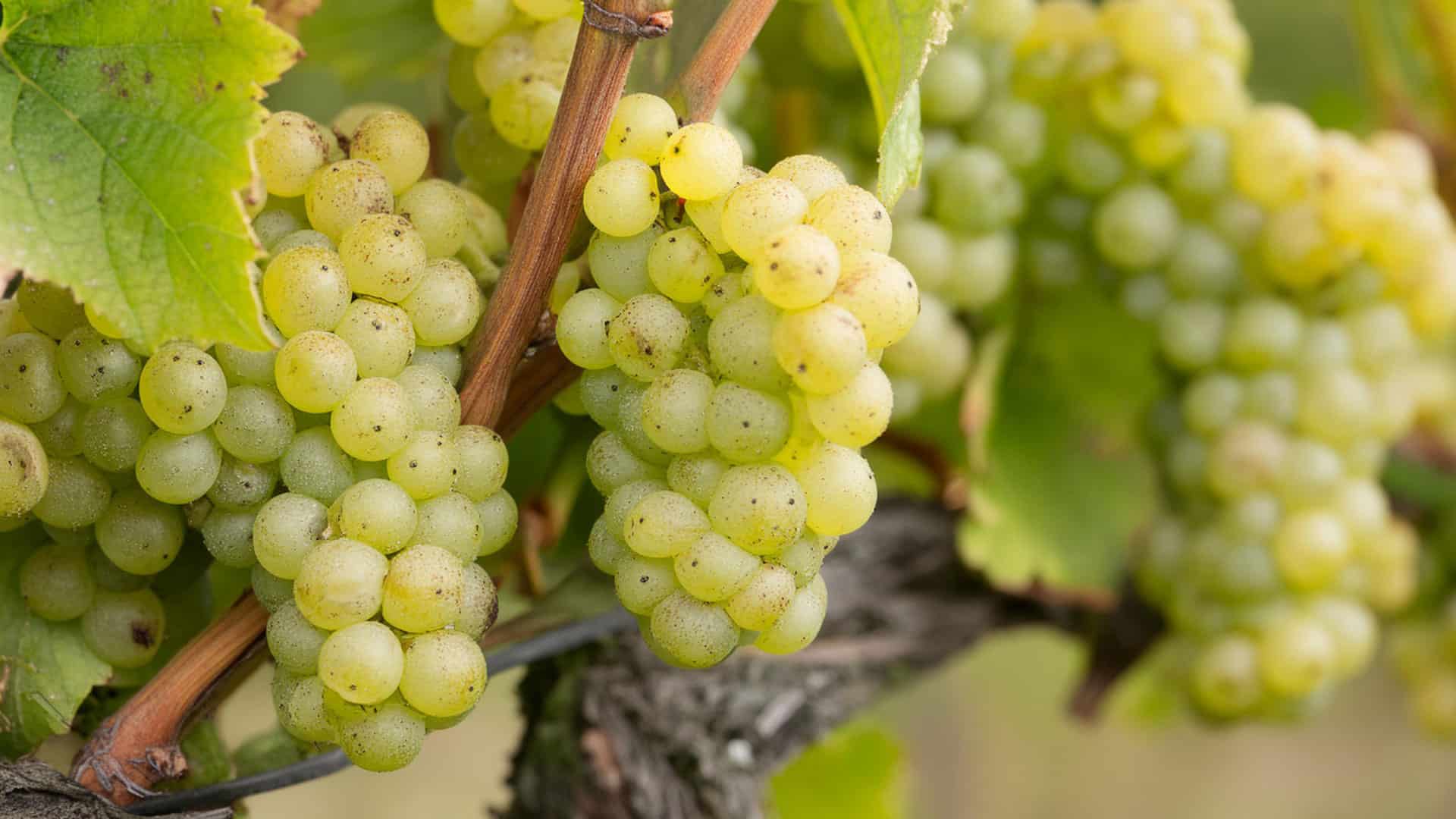Introduction: Pinot Blanc products
In our online store you will find a large selection of excellent cuvée wines made from the Pinot Blanc grape.
Our range also includes numerous single-varietal white wines, rosé wines, red wines and sparkling wines.
Lovers of high-proof spirits will also find an exquisite selection of digestifs in our store. If you are looking for a gift, we recommend the various tasting boxes from our gift service, for example, or a gift voucher, which gives the recipient a free choice in our online store.
The most important facts at a glance
- Pinot Blanc plays a subordinate role in the world’s wine-growing regions, with less than 15,000 hectares under cultivation.
The most important countries in which Pinot Blanc is cultivated are Germany, followed by Italy, Austria and France.
In Switzerland, just over 100 hectares of vineyards are cultivated with Pinot Blanc, of which just under 23 hectares are in Valais. - Despite its limited distribution, the grape variety, which belongs to the Burgundy family and was first mentioned in the 14th century, is one of the great classics.
- Pinot Blanc grapes produce a fine, discreet and elegant wine with aromas of white citrus fruit and lime.
With its acidity and smoothness, this wine provides the necessary backbone for blends.

Origin, origins & significance of the Pinot Blanc grape variety
It is believed that the grape variety originates from the area between Lake Geneva (Switzerland) and the Rhône Valley (France).
The variety probably originated from a mutation of Pinot Gris in Alsace.
In its native Burgundy, however, Pinot Blanc has almost disappeared today because the Chardonnay grape was preferred there due to its greater resistance to pest infestation.
In South Tyrol in Italy, however, wines made from the Pinot Blanc grape are still held in very high regard today. 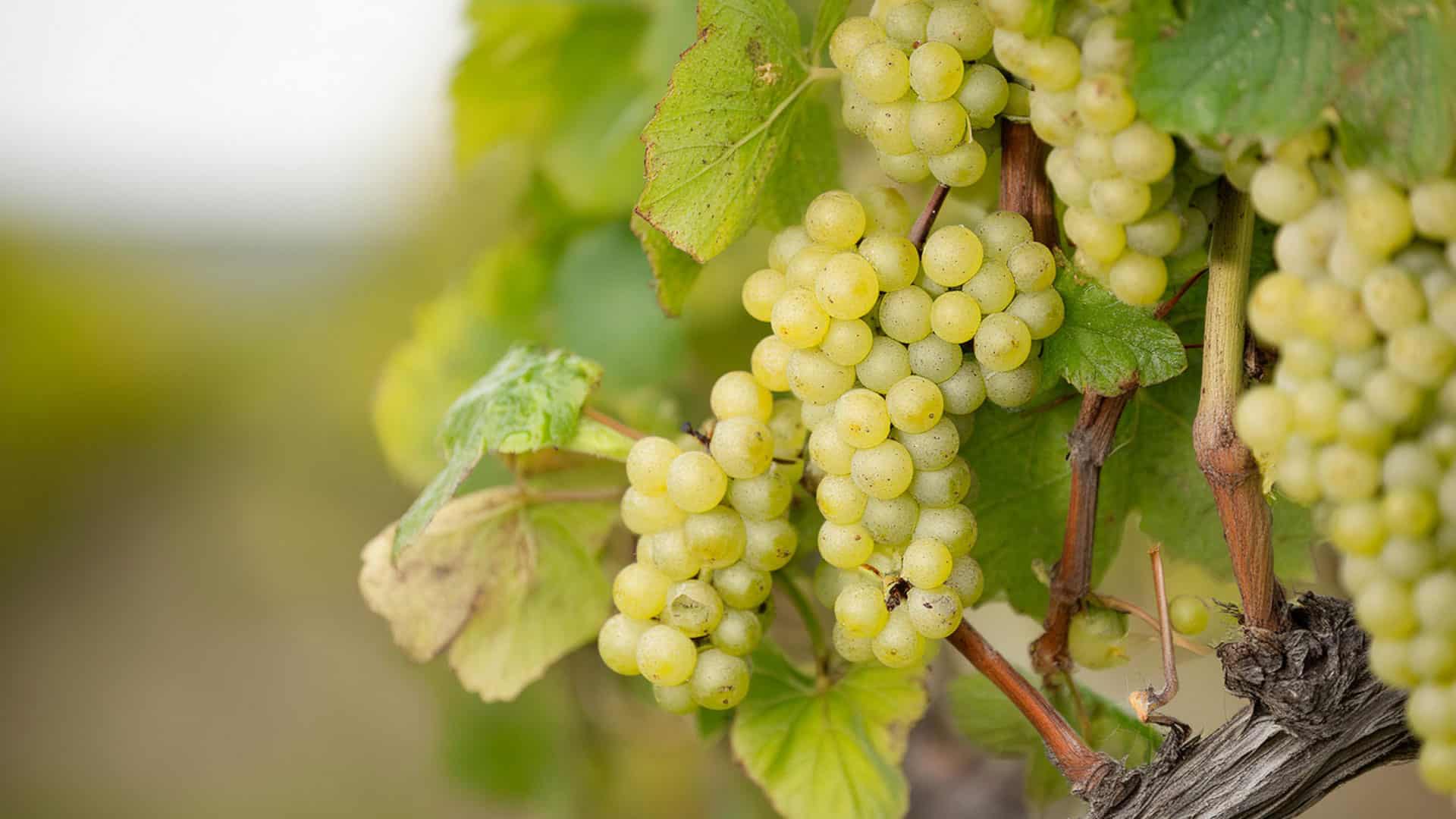 As its name suggests, Pinot Blanc is one of the Pinot varieties of the Burgundy family (from which the world-famous red wine is also made) and thus one of the European classics and specialties.
As its name suggests, Pinot Blanc is one of the Pinot varieties of the Burgundy family (from which the world-famous red wine is also made) and thus one of the European classics and specialties.
Part of its name is said to be derived from the French word pin (pine), as the shape of the individual grape resembles a pine cone. 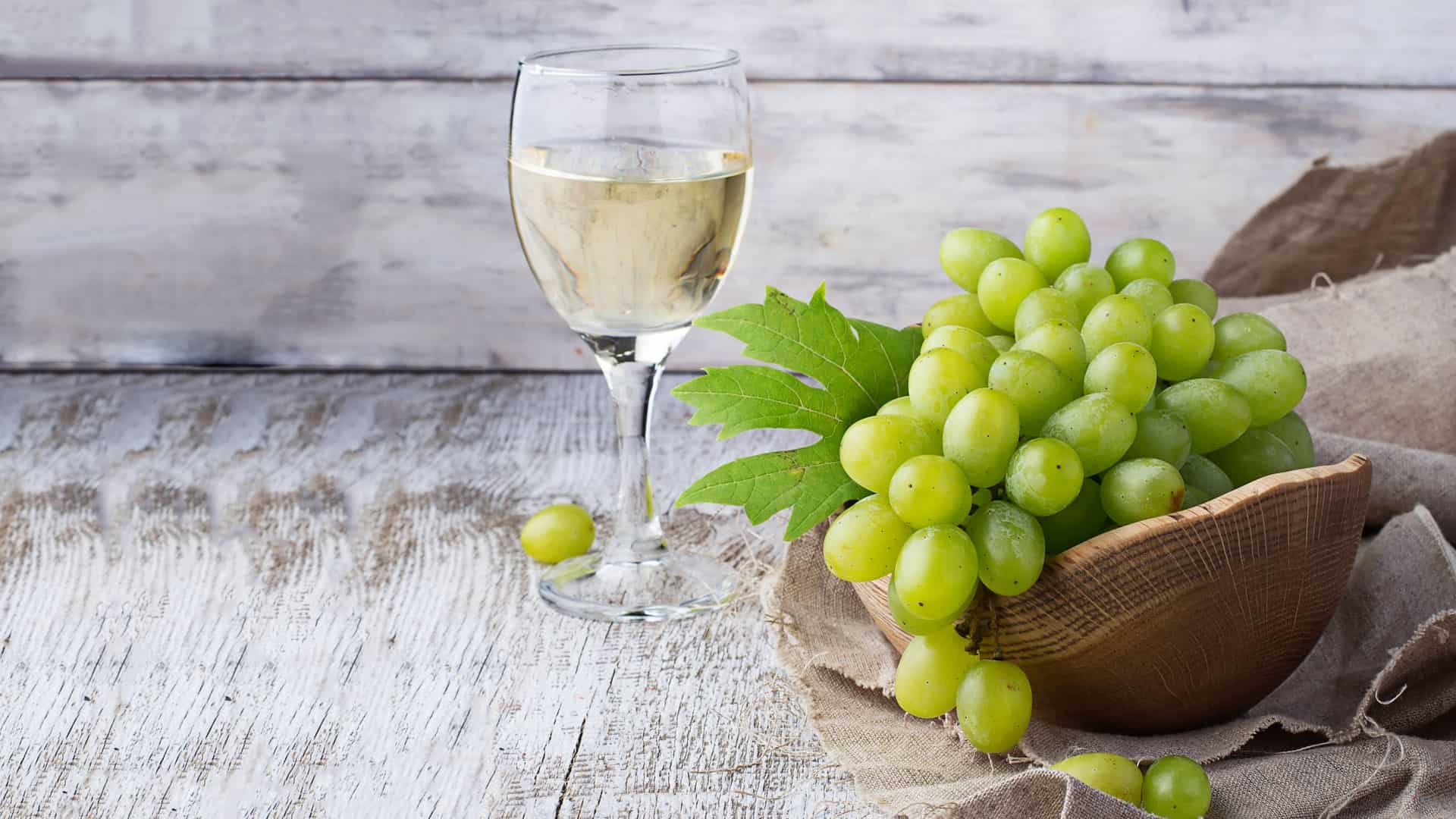
Pinot Blanc and its synonyms
The Vitis International Variety Catalogue of the Geilweilerhof Institute for Grapevine Breeding contains 99 synonyms for Pinot Blanc.
It is cultivated in a wide variety of wine-growing countries.
The most important synonyms certainly include Weissburgunder, Weisser Burgunder, Klevner (Clevner) and Pinot bianco. 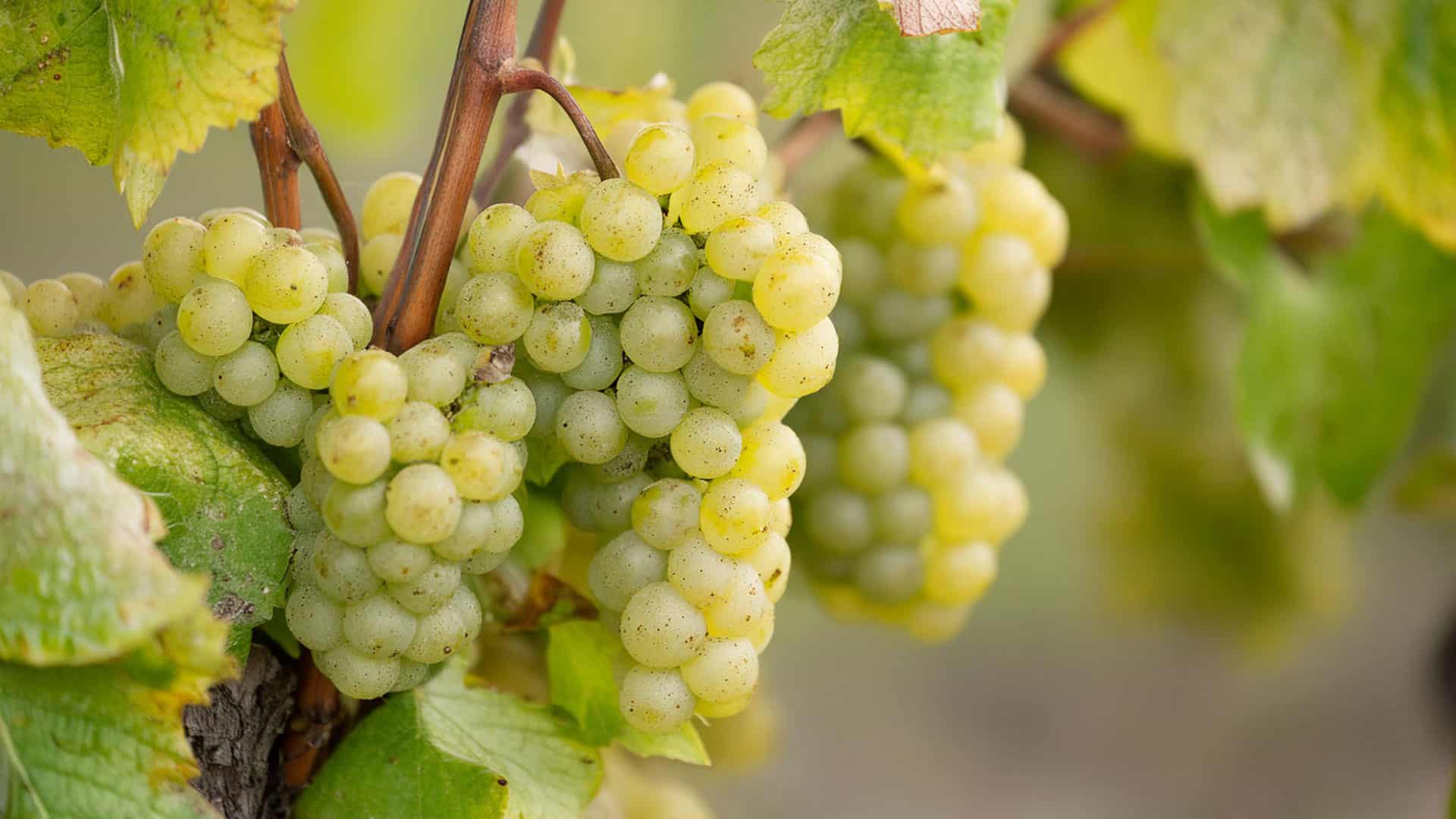
Characteristics of the Pinot Blanc grape: growth, ripeness and yield
The cone-shaped grape grows with dense berries and belongs to the medium-late ripening varieties.
The berries are small to medium-sized and have a thin greenish-yellow skin.
Pinot Blanc grapes, which can reach a high sugar content, have a juicy flesh with a subtle fruity note.  It grows to a medium height and produces regular yields.
It grows to a medium height and produces regular yields.
Only at the beginning of the ripening phase, the véraison, does it differ from Pinot Noir and Ruländer thanks to the color change of the berry skin.
In order for the variety to produce the desired yields as a wine, it should grow in good to very good and warm locations on medium-heavy soils with good water storage capacity and a high lime content.
Taste profile of Pinot Blanc: fruity, mild acidity and subtle appearance
The Pinot Blanc grape produces powerful and full-bodied wines, which are rather restrained aromatically as single varietal products.
On the nose and palate, this wine is pleasantly fruity with an apple note and delicate aromas of pear, apricot, citrus fruit, but also green nuts or roasted hazelnuts. 
A potpourri of subtle aromas
The aroma of Pinot Blanc wines is pleasantly fruity and, in addition to notes of apples, pears, apricots and citrus fruits, can also have aromas of green nuts or roasted hazelnuts.
Although the acidity of Pinot Blanc is relatively mild, it remains lively and forms an ideal contrast to its fine fruity character. 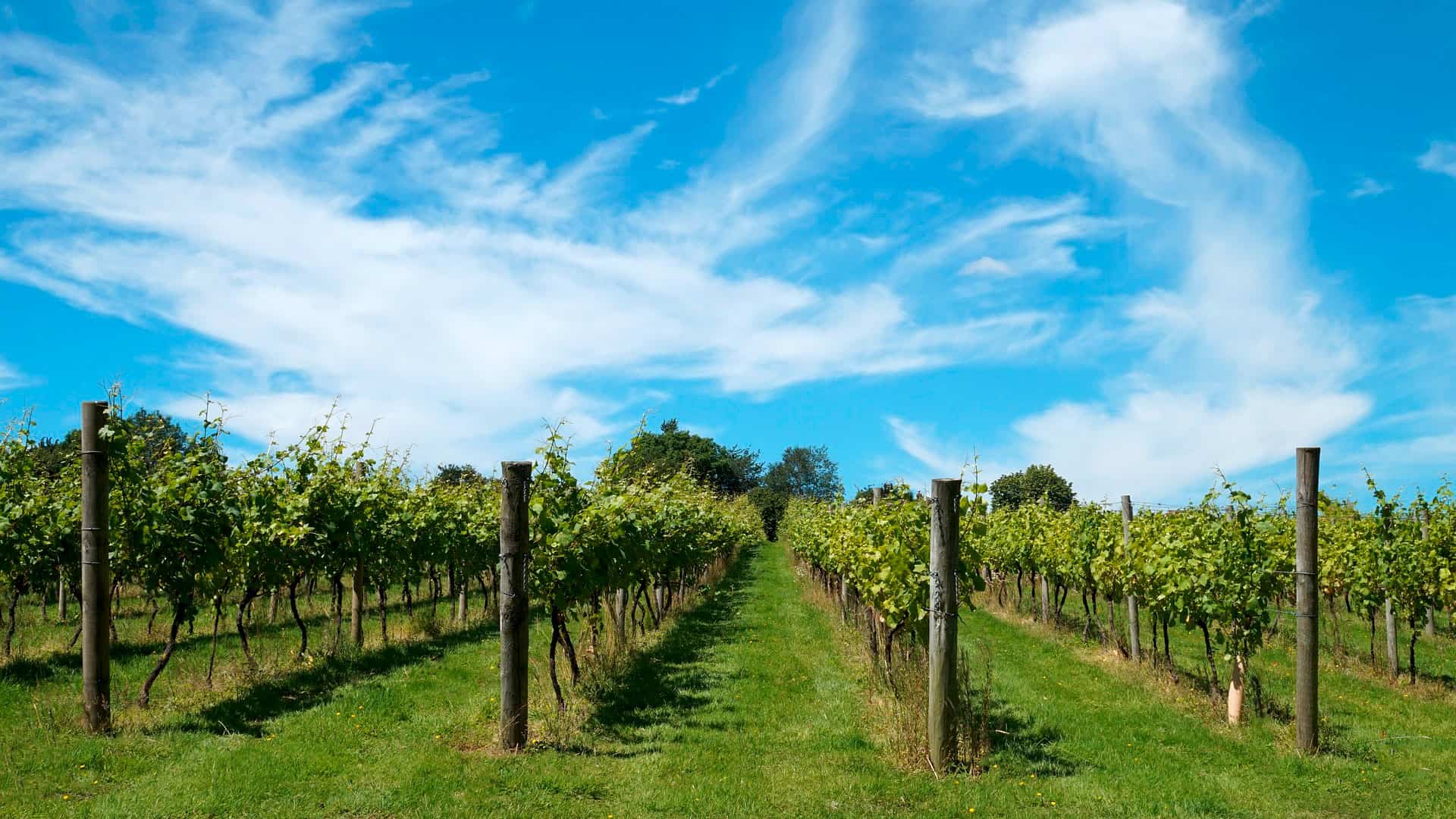
Not comparable with Chardonnay
No Pinot Blanc can match the acidity and powerful intensity of a first-class Chardonnay.
However, it gives assemblages a mellowness and backbone and is therefore very popular for cuvées.
Culinary recommendations
Dishes that go well with Pinot Blanc
The good news first: a Pinot Blanc wine can be used to enhance a variety of occasions and dishes.
No wine selection should be without a bottle or two of this fruity wine.
As this wine is multi-faceted and versatile, it is one of the positive discoveries and highlights among light white wines for many wine lovers.
Elegant and dry food companion
Elegant, dry wines are suitable for a variety of occasions: from uncomplicated terrace wines or aperitifs to sophisticated menu wines.
With its subtle aroma, Pinot Blanc, like a summery rosé, is a versatile food companion that goes perfectly with casseroles, pasta, risotto, fish or poultry.
Full-bodied and rich food companion
Late-harvested, extract-rich Pinot Blancs that have been matured in wooden barrels often have a creamier texture and are richer and fuller-bodied.
This makes them an excellent accompaniment to lobster or grilled sea bass, as well as stronger meat dishes such as the traditional Italian stew ossobuco. 
Vintage and production
The importance of the vintage for the taste
The vintage plays an important role in the taste and quality of the wine.
A good vintage can have a decisive influence on the taste of the wine.
Our Pinot Blanc wine recommendations
Diego Mathier’s products also include three white assemblages with Pinot Blanc grapes.
The items are available in the shopping cart/online store in 37.5 cl, 50 cl, 75 cl and 150 cl bottles. Please add the store elements here, Sascha.
Interesting facts about the Pinot Blanc
Here is an overview of important facts about the Pinot Blanc grape variety.
What does Pinot Blanc taste like?
Subtle freshness and fruity notes unfold on the nose, accompanied by aromas of apple and peach as well as floral hints.
On the palate, the Pinot Blanc impresses with its balanced freshness and acidity, making it a versatile wine for any occasion.
What is the German term for the Pinot Blanc grape variety ‘?
Pinot Blanc, also known as Pinot Bianco, is the youngest member of the Burgundy family.
Is Pinot bianco dry?
A Pinot bianco as a dry white wine from Italy impresses with its freshness and elegance as well as its fine acidity.
It is an excellent accompaniment to poultry, fish, seafood and light dishes.
The recommended serving temperature is 10 to 12 °C.
What is the difference between Sauvignon Blanc and Pinot Blanc?
Is Sauvignon Blanc a Pinot Blanc?
No, these two grape varieties are different and produce different white wines.
Sauvignon Blanc is also known as Blanc Fumé or Sauvignon Jaune.
Pinot Blanc, on the other hand, is also known as Pinot Blanc, Pinot Bianco and regionally as Klevner.
What is the difference between Chardonnay and Pinot Blanc?
Once again, let’s be clear: Chardonnay is a cross between Gouais Blanc and Pinot Noir, i.e. White Heunisch and Pinot Noir.
Pinot Blanc, on the other hand, is a mutation of Pinot Gris.
What does a Pinot Blanc taste like?
Pinot Blanc is characterized by a pleasant, full-bodied, juicy and soft taste and has a relatively mild acidity.
The warmer the vines grow and the later the grapes are harvested, the lower the acidity.
Depending on its origin and production, the grape variety has a more or less intense aroma of fresh or roasted hazelnuts and freshly broken dough.
What is the difference between Riesling and Pinot Blanc?
Pinot Blanc, also known as Weisser Burgunder, is a grape variety that is tangy but less acidic than Riesling when matured in steel tanks.
In wooden barrels, especially barriques, it is creamy but not as buttery as Chardonnay.

